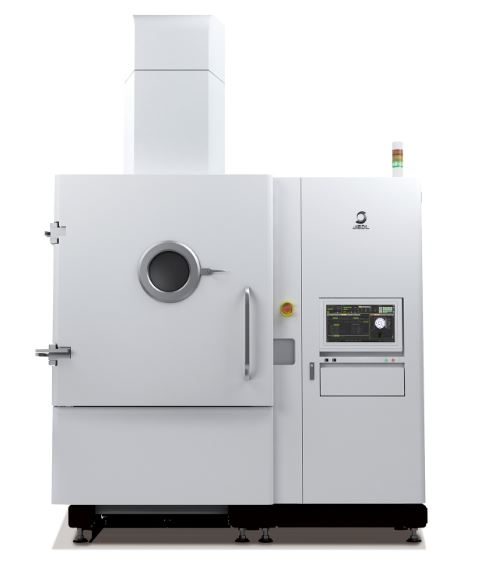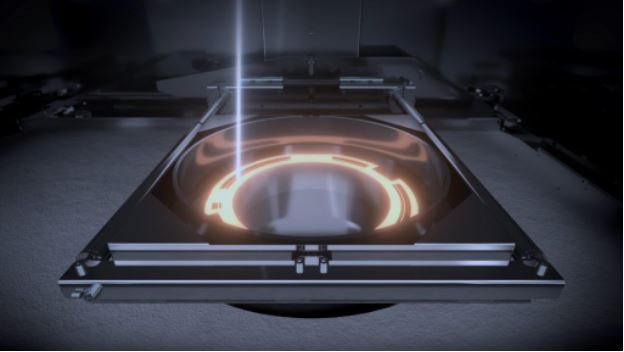JEOL a Japan-based developer of optical equipment, is set to launch its JAM-5200EBM 3D printer in the US for the first time.
More from the News
Owing to JEOL’s background, the machine is based on technology from the company’s own electron microscope and electron beam lithography systems. According to the firm, the machine bridges high part quality and reproducibility, enabling high-volume end-use production applications in sectors such as aerospace, medical, automotive, and industrial energy.
Robert Pohorenec, JEOL USA’s President, said, “Our long history of development and production of advanced, field-proven electron microscopy and electron beam technology, combined with JEOL’s extensive service and support network, is an opportunity to integrate quality, reliability, and productivity into the employment of this innovative technology.”
The electron beam melting (EBM) system will be on display at the upcoming RAPID+TCT show at Huntington Place, Detroit, from May 17 – 19.

JEOL’s move into 3D printing
Founded back in 1949 in Tokyo, JEOL has spent the past few decades building out its extensive portfolio of scientific apparatus. The firm offers transmission electron microscopes, scanning electron microscopes, ion beam application equipment, surface analysis instruments, magnetic resonance equipment, X-ray fluorescence spectrometers, mass spectrometers, and more.
JEOL made its additive manufacturing debut when it developed the powder bed fusion technology native to the JAM-5200EBM. The firm asserts that its process can drastically reduce part costs, slash fuel consumption for rockets, consolidate assemblies into monolithic builds, and enable huge weight reductions.

The JAM-5200EBM 3D printer
The JAM-5200EBM sports a cylindrical build volume measuring 250mm (Dia) x 400mm and a 6kW electron beam, enabling users to print with high-performance metals such as titanium, Inconel, and pure copper. It also boasts an 1100°C build chamber heating capability for high-temperature alloys.
One of the system’s most noteworthy selling points is its long-lasting cathode (the component that generates electrons). Thanks to the machine’s original vacuum technology, the cathode has a service life of over 1,500 hours, greatly reducing downtime from cathode replacements.
JEOL’s system is also interesting in that it doesn’t require the use of helium gas in the build chamber, which is usually used to prevent powder scattering. Instead, the machine leverages an ‘e-Shield’ powder dispersal prevention system. The helium-free environment means the surface of the cathode is less susceptible to damage, improving the stability of the electron beam and further improving service life.
On the software side, the JAM-5200EBM also comes equipped with an automated electron beam adjustment function that automatically fine-tunes the focus and spot shape of the electron beam mid-build. As a result, parts are fabricated with higher quality and reproducibility.
The machine even has a remote build monitoring system that enables users to track both the manufacturing status and machine conditions from anywhere with an internet connection. There’s also the option to set up alarm notifications.

Subscribe to AM Chronicle Newsletter to stay connected: https://bit.ly/3fBZ1mP
Follow us on LinkedIn: https://bit.ly/3IjhrFq
Visit for more interesting content on additive manufacturing: https://amchronicle.com/

